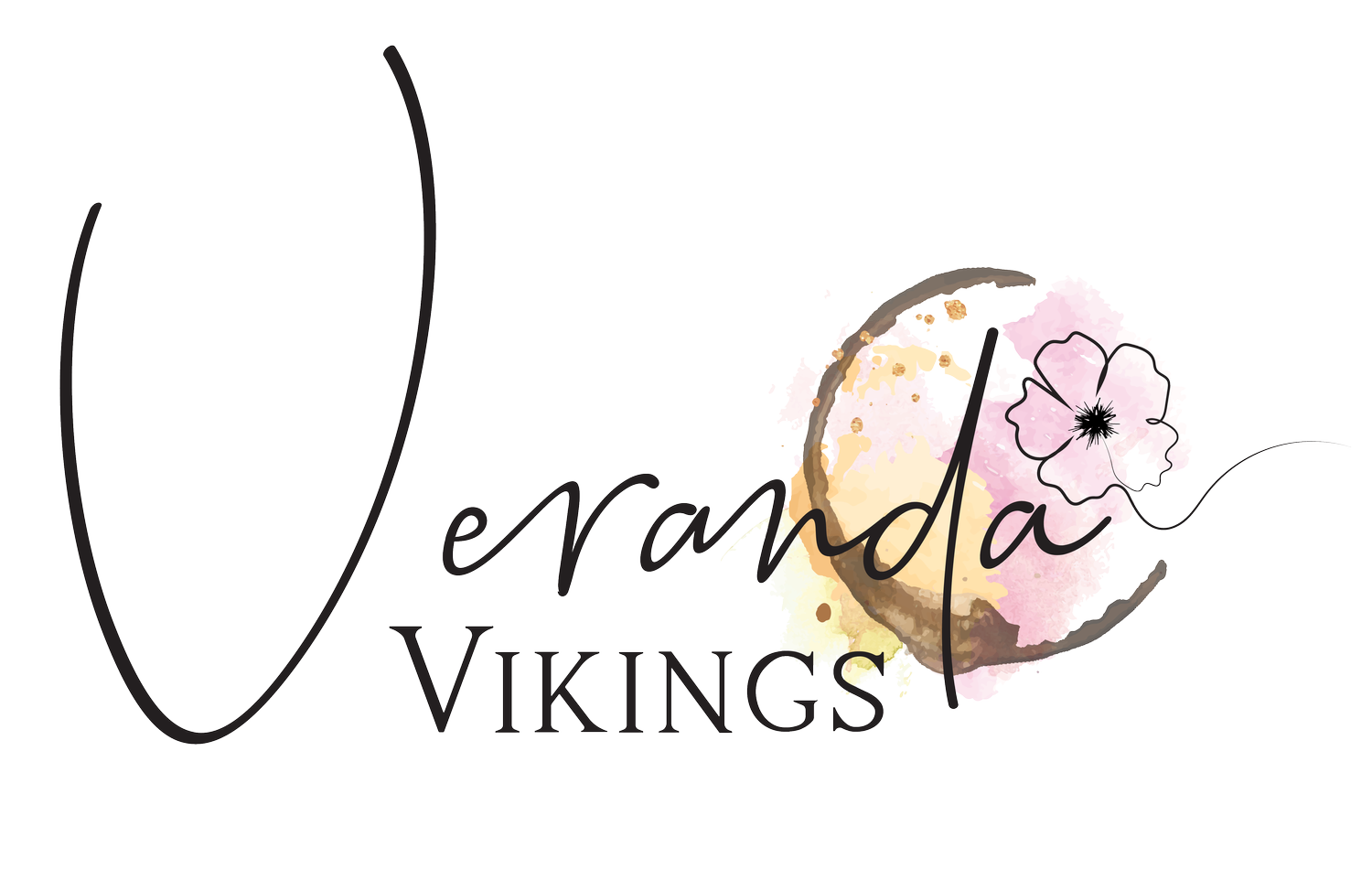Norwegian salmon
In our northern haven, where the fjords mirror the sky, Norwegian salmon is more than food—it's a staple. While we hold the wild strains of Iceland, Faroe, and Greenland in high esteem for their rarity - especially smoked or gravad -, the abundance of Norwegian farmed salmon brings the essence of salmon to our table with a promise of sustainability.
Our approach to cooking salmon is quite simple. We start with whole sides, slicing them judiciously to fit snugly in a skillet. The initial sizzle is skin side up, where a gentle bath of butter and a scattering of sesame seeds meet to form a crust of golden delight. A hint of flour dusted over brings the crunch to life, satisfying a textural contrast we all crave.
As the fish cooks, we anticipate the moment of turning—when the skin, carefully descaled, meets the heat and transforms into a crisp layer, celebrated by Ronia for its resemblance to a piscine version of crackling. It's a culinary balancing act, honoring each family member's preference from the succulent medium-rare near the head to the well-done whispers at the tail.
The salmon is often accompanied by a lively potato salad, its creamy coolness offering a counterpoint to the fish's rich warmth. Leeks, charred in the pan until they're tender and sweet, are a great addition.
And on those serendipitous days when Bear and Freya burst through the door, their cheeks flushed from the cold and their hands full of foraged chanterelles, our meal takes an unexpected turn. Those tiny, golden mushrooms join the salmon in the pan, their earthy notes mingling with the seared flesh, reminding us of the forest's bounty.
On the long, luminous days of summer, when the sun barely dips below the horizon, grilling whole salmon sides over an open bonfire becomes a celebration of the season. The flames kiss the fish, infusing it with a smoky essence that only the wild outdoors can impart. And when this rustic, flame-licked delicacy is paired with a rich, buttery hollandaise sauce, it's as if the lushness of summer is captured on our plates.





